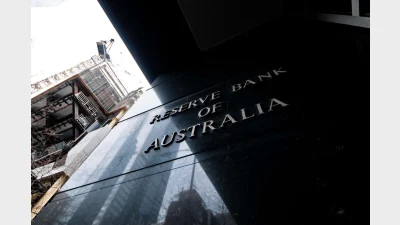Changes to risk allocation needed: PIMCO
Institutional investors would benefit from changing the way they think about risk, which in many cases is concentrated within the equities portion of a portfolio, according to PIMCO.
A typical balanced superannuation fund will have around a 60 per cent allocation to growth assets with a heavy reliance on equity risk premiums for returns, according to Sébastien Page, head of client analytics at PIMCO.
Traditional approaches to asset allocation tend to be data and model driven rather than forward looking, and focused on asset diversification rather than risk factor diversification, he said,
They also tend to be somewhat static, and focus on volatility as a risk measure rather than looking at tail risk, such as large losses not necessarily anticipated by a bell-shaped curve model, he added.
PIMCO’s approach to risk takes a long-term look at risk with a focus on tail risk, and diversifying by risk factor rather than asset class, Page said.
It looks at risk factors inherent in currency and the relative returns of hedging and not hedging investments, and how much risk that contributes to the overall portfolio, he said.
Super funds also tended to overlook an innate home bias that saw a disproportionate amount of assets allocated to a few major Australian equity stocks and sectors, he said.
The solution wasn’t to completely de-risk a portfolio because returns are still a factor, it was about optimising that risk and diversifying it in a non-linear way, for example directing risk away from equities and towards assets such as emerging markets debt and currency, he said.
Recommended for you
Governor Michele Bullock took a more hawkish stance on Tuesday, raising concerns over Donald Trump’s escalating tariffs, which sent economists in different directions with their predictions.
Equity Trustees has announced the appointment of Jocelyn Furlan to the Superannuation Limited (ETSL) and HTFS Nominees Pty Ltd (HTFS) boards, which have oversight of one of the companies’ fastest growing trustee services.
Following growing criticism of the superannuation industry’s influence on capital markets and its increasing exposure to private assets, as well as regulators’ concerns about potential risks to financial stability, ASFA has released new research pushing back on these narratives.
A US-based infrastructure specialist has welcomed the $93 billion fund as a cornerstone investor.












